The Rise of Solar Farms: Large-Scale Solar Power Generation
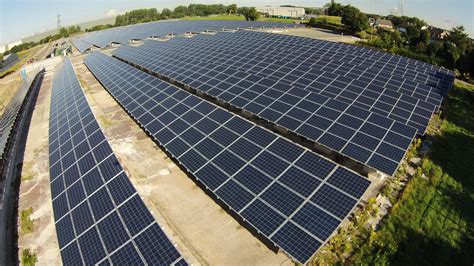
Solar power has gained significant traction in recent years as a clean, renewable energy source that has the potential to revolutionize the way we generate electricity. Solar farms, also known as solar parks or solar fields, play a crucial role in large-scale solar power generation. These expansive installations capture sunlight and convert it into electricity on a large scale, helping to meet the growing demand for sustainable energy.
- What are Solar Farms?
- Key Components of Solar Farms
- The Benefits of Solar Farms
- Clean Energy Production
- Renewable Energy Source
- Job Creation
- Energy Independence
- Challenges Facing Solar Farms
- Land Use and Environmental Impact
- Intermittency and Energy Storage
- Cost and Financing
- Grid Integration
- The Future of Solar Farms
- Advancements in Technology
- Policy and Regulatory Support
- Conclusion
What are Solar Farms?
Solar farms are large-scale installations of solar panels that are designed to capture sunlight and convert it into electricity. These farms can vary in size, ranging from a few acres to hundreds of acres, depending on the amount of power they are intended to generate. Solar farms are typically located in regions that receive high levels of sunlight to maximize their energy output.
Key Components of Solar Farms
- Solar Panels: The most essential component of a solar farm, solar panels are made up of photovoltaic cells that capture sunlight and convert it into electricity.
- Inverters: These devices convert the direct current (DC) electricity generated by the solar panels into alternating current (AC) electricity that can be used to power homes and businesses.
- Racking and Mounting Systems: These structures hold the solar panels in place and ensure they are positioned at the optimal angle to capture sunlight efficiently.
- Monitoring Systems: These systems track the performance of the solar farm and ensure that it is operating at peak efficiency.
The Benefits of Solar Farms
Solar farms offer numerous benefits, both for the environment and for energy consumers. Some of the key advantages of solar farms include:
Clean Energy Production
Solar farms produce electricity without emitting harmful greenhouse gases or pollutants, making them a cleaner alternative to fossil fuels. By generating electricity from sunlight, solar farms help reduce the carbon footprint of the power sector.
Renewable Energy Source
Solar power is a renewable energy source, meaning it is abundant and will never run out. Unlike finite fossil fuels, sunlight is available in abundance and can be harnessed for electricity generation indefinitely.
Job Creation
The construction and operation of solar farms create jobs in the renewable energy sector, stimulating economic growth and providing employment opportunities in local communities.
Energy Independence
By diversifying the energy mix and reducing reliance on imported fossil fuels, solar farms contribute to energy independence and security for countries that invest in renewable energy.
Challenges Facing Solar Farms
While solar farms offer numerous benefits, they also face some challenges that need to be addressed to ensure their long-term sustainability and viability. Some of the key challenges facing solar farms include:
Land Use and Environmental Impact
Solar farms require a significant amount of land to accommodate the large number of solar panels needed to generate electricity on a large scale. This can lead to concerns about land use and potential environmental impacts, such as habitat disruption and loss of agricultural land.
Intermittency and Energy Storage
Solar power generation is dependent on sunlight, which is not constant and may vary throughout the day or be affected by weather conditions. This intermittency can pose challenges for grid stability and reliability, highlighting the need for energy storage solutions to store excess energy for use when sunlight is not available.
Cost and Financing
While the cost of solar power has decreased significantly in recent years, the upfront cost of building a solar farm can still be a barrier to widespread adoption. Securing financing for solar farm projects and implementing policies that support renewable energy development are essential to overcoming this challenge.
Grid Integration
Integrating solar farms into the existing electricity grid can pose technical challenges, such as balancing supply and demand, managing voltage fluctuations, and ensuring grid stability. Grid infrastructure upgrades and smart grid technologies are needed to facilitate the seamless integration of solar power into the grid.
The Future of Solar Farms
Despite the challenges they face, solar farms are expected to play a critical role in the transition to a clean energy future. As technology continues to advance and costs continue to decline, solar farms are becoming an increasingly attractive option for power generation. Innovations in energy storage, grid integration, and solar panel efficiency are helping to address the challenges facing solar farms and unlock their full potential.
Advancements in Technology
- Solar Panel Efficiency: Ongoing research and development efforts are focused on improving the efficiency of solar panels to capture more sunlight and generate more electricity from the same amount of space.
- Energy Storage: Advancements in energy storage technologies, such as batteries and pumped hydro storage, are enabling solar farms to store excess energy for use when sunlight is not available, improving grid reliability and stability.
- Smart Grid Technologies: Smart grid technologies, such as advanced metering infrastructure and demand response systems, are enhancing grid flexibility and enabling the seamless integration of solar power into the existing electricity grid.
Policy and Regulatory Support
- Renewable Energy Targets: Many countries have set ambitious renewable energy targets to reduce carbon emissions and transition to a low-carbon economy, providing policy support and incentives for the development of solar farms.
- Feed-in Tariffs: Feed-in tariffs and other financial incentives can help make solar power more competitive with traditional fossil fuel sources, encouraging investment in solar farm projects.
- Carbon Pricing: Implementing carbon pricing mechanisms, such as carbon taxes or cap-and-trade systems, can internalize the external costs of carbon emissions and make solar power more economically competitive.
Conclusion
Solar farms are a key player in the transition to a clean energy future, offering a sustainable and renewable alternative to fossil fuels. While they face challenges such as land use, intermittency, and cost, advancements in technology and policy support are helping to overcome these obstacles and drive the growth of solar power generation. As solar farms continue to expand and evolve, they have the potential to reshape the energy landscape and provide a cleaner, more sustainable source of electricity for generations to come.
Learn More :
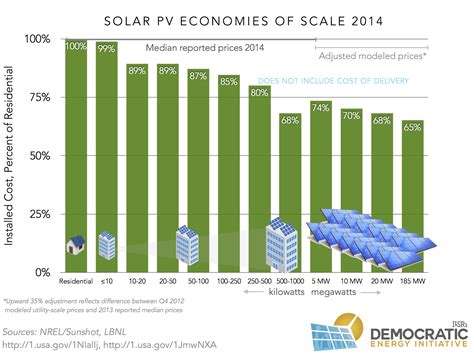 The Economics of Solar Power Costs and Benefits
22 February 2024 by Admin
The Economics of Solar Power Costs and Benefits
22 February 2024 by Admin
As the world continues to face pressing environmental challenges, the need for renewable energy sources has become more urgent than ever. Solar power, in particular, has emerged as a promising alterna...
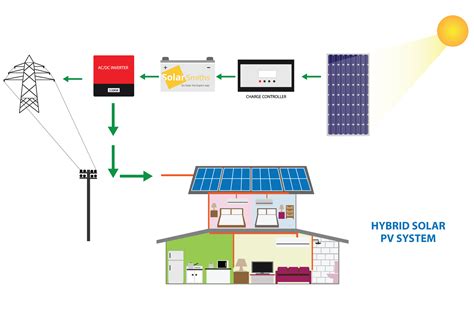 Types of Solar Power Systems
22 February 2024 by Admin
Types of Solar Power Systems
22 February 2024 by Admin
Solar power systems are becoming increasingly popular as a renewable energy source. There are several different types of solar power systems available, each with their own unique features and benefits...
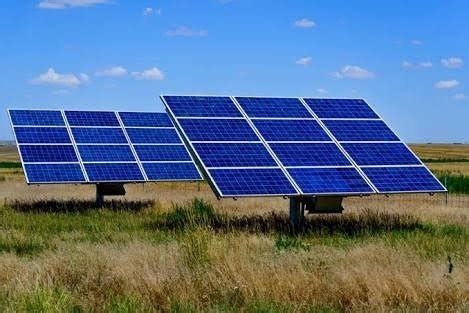 Solar Power in Developing Countries
22 February 2024 by Admin
Solar Power in Developing Countries
22 February 2024 by Admin
Solar power, also known as solar energy, has become an increasingly popular source of renewable energy in developing countries. With the advancement of technology and the decreasing costs of solar pan...
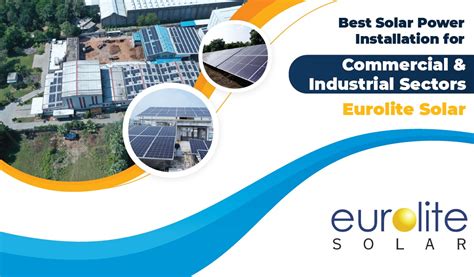 The Role of Solar Energy in Commercial and Industrial Sectors
22 February 2024 by Admin
The Role of Solar Energy in Commercial and Industrial Sectors
22 February 2024 by Admin
Solar energy has become an increasingly popular source of renewable energy in recent years, particularly in the commercial and industrial sectors. With advancements in technology and decreasing costs,...
 Harnessing the Power of the Sun: A Sustainable Energy Solution
22 February 2024 by Admin
Harnessing the Power of the Sun: A Sustainable Energy Solution
22 February 2024 by Admin
The sun has long been a powerful source of energy for our planet. From providing warmth and light to supporting the growth of plants through photosynthesis, the sun plays a crucial role in sustaining ...
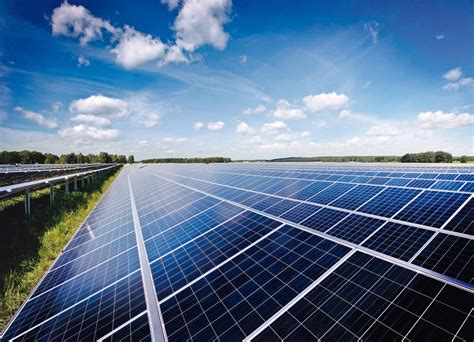 Photovoltaic Technology: How Solar Cells Work
22 February 2024 by Admin
Photovoltaic Technology: How Solar Cells Work
22 February 2024 by Admin
Photovoltaic technology, also known as solar cell technology, is a renewable energy source that converts sunlight into electricity. Solar cells are made of materials that exhibit the photovoltaic effe...
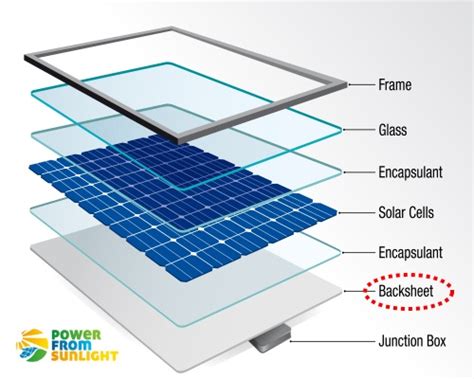 The Components and Construction of Solar Panels
22 February 2024 by Admin
The Components and Construction of Solar Panels
22 February 2024 by Admin
Solar panels are an essential part of renewable energy systems, converting sunlight into electricity. Understanding the components and construction of solar panels is crucial for anyone looking to inv...
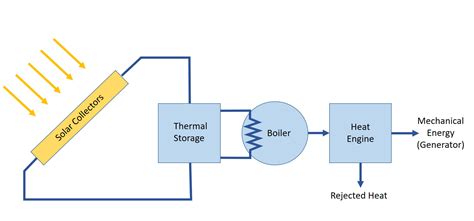 The Importance of Solar Energy Conversion Efficiency
22 February 2024 by Admin
The Importance of Solar Energy Conversion Efficiency
22 February 2024 by Admin
Solar energy is a renewable and abundant source of energy that has the potential to meet a significant portion of our energy needs. With advancements in technology, solar energy has become more afford...
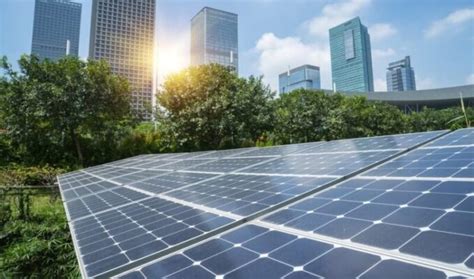 The Application of Solar Energy in Residential Settings
22 February 2024 by Admin
The Application of Solar Energy in Residential Settings
22 February 2024 by Admin
Solar energy is a renewable source of energy that has gained popularity in recent years due to its numerous benefits, including its low environmental impact and potential cost savings. In residential ...
 Advancements in Solar Technology
22 February 2024 by Admin
Advancements in Solar Technology
22 February 2024 by Admin
Solar technology has come a long way in recent years, with new advancements being made constantly to improve efficiency, affordability, and accessibility. From advancements in solar panel technology t...
![Environmental Impact of Solar Energy [Positive/Negative]](/image/blogseasourcedatacom/the-environmental-impact-of-solar-energy.jpg) The Environmental Impact of Solar Energy
22 February 2024 by Admin
The Environmental Impact of Solar Energy
22 February 2024 by Admin
Solar energy is a renewable source of power that has gained popularity in recent years due to its numerous benefits, including reducing reliance on fossil fuels and decreasing greenhouse gas emissions...
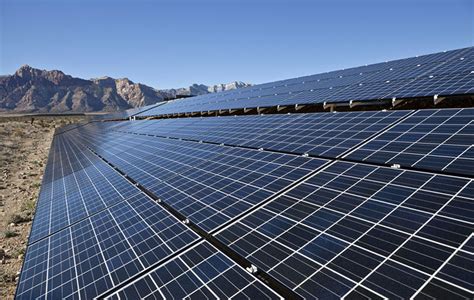 The Role of Solar Energy in Climate Change Mitigation
22 February 2024 by Admin
The Role of Solar Energy in Climate Change Mitigation
22 February 2024 by Admin
Climate change is one of the most pressing issues of our time, with the potential to greatly impact the future of our planet. As global temperatures rise and extreme weather events become more common,...
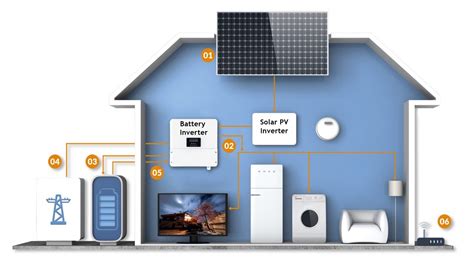 Solar Energy Storage Solutions
22 February 2024 by Admin
Solar Energy Storage Solutions
22 February 2024 by Admin
Solar energy has become an increasingly popular renewable energy source in recent years. As technology continues to advance, more and more homeowners and businesses are turning to solar panels to powe...
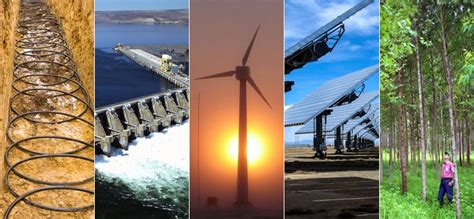 Challenges and Solutions in Solar Energy Implementation
22 February 2024 by Admin
Challenges and Solutions in Solar Energy Implementation
22 February 2024 by Admin
Solar energy is a renewable source of energy that has gained popularity in recent years due to its environmental benefits and decreasing costs. However, there are still challenges that need to be over...
 The Importance of Government Incentives for Solar Energy Adoption
22 February 2024 by Admin
The Importance of Government Incentives for Solar Energy Adoption
22 February 2024 by Admin
Solar energy has been gaining popularity as a clean and renewable source of energy that can help reduce our reliance on fossil fuels. However, the high upfront costs of installing solar panels can be ...
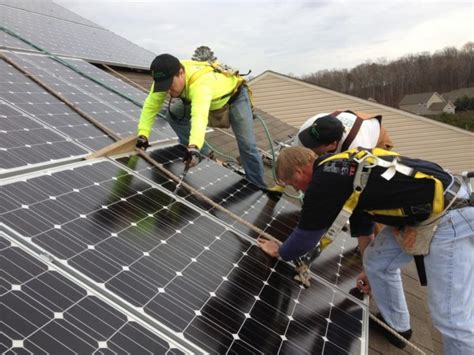 The Impact of Solar Energy on Job Creation
22 February 2024 by Admin
The Impact of Solar Energy on Job Creation
22 February 2024 by Admin
Solar energy has become a major player in the renewable energy sector, with more and more countries turning to solar power as a sustainable and clean energy source. In addition to its environmental be...
 The Future of Energy Sustainability: Harnessing Solar Energy
22 February 2024 by Admin
The Future of Energy Sustainability: Harnessing Solar Energy
22 February 2024 by Admin
As the world continues to face challenges in meeting energy demands while also reducing carbon emissions, the focus has turned to renewable energy sources. Among these sources, solar energy stands out...
 The Role of Solar Energy in Space Exploration
22 February 2024 by Admin
The Role of Solar Energy in Space Exploration
22 February 2024 by Admin
Solar energy has played a crucial role in the advancements of space exploration. Since the beginning of space travel, solar power has been utilized to fuel spacecrafts, power rovers on other planets, ...
 The Basics of Solar Energy
22 February 2024 by Admin
The Basics of Solar Energy
22 February 2024 by Admin
Solar energy is a renewable source of energy that is derived from the sun's rays. It is becoming increasingly popular as countries around the world strive to reduce their reliance on fossil fuels and ...